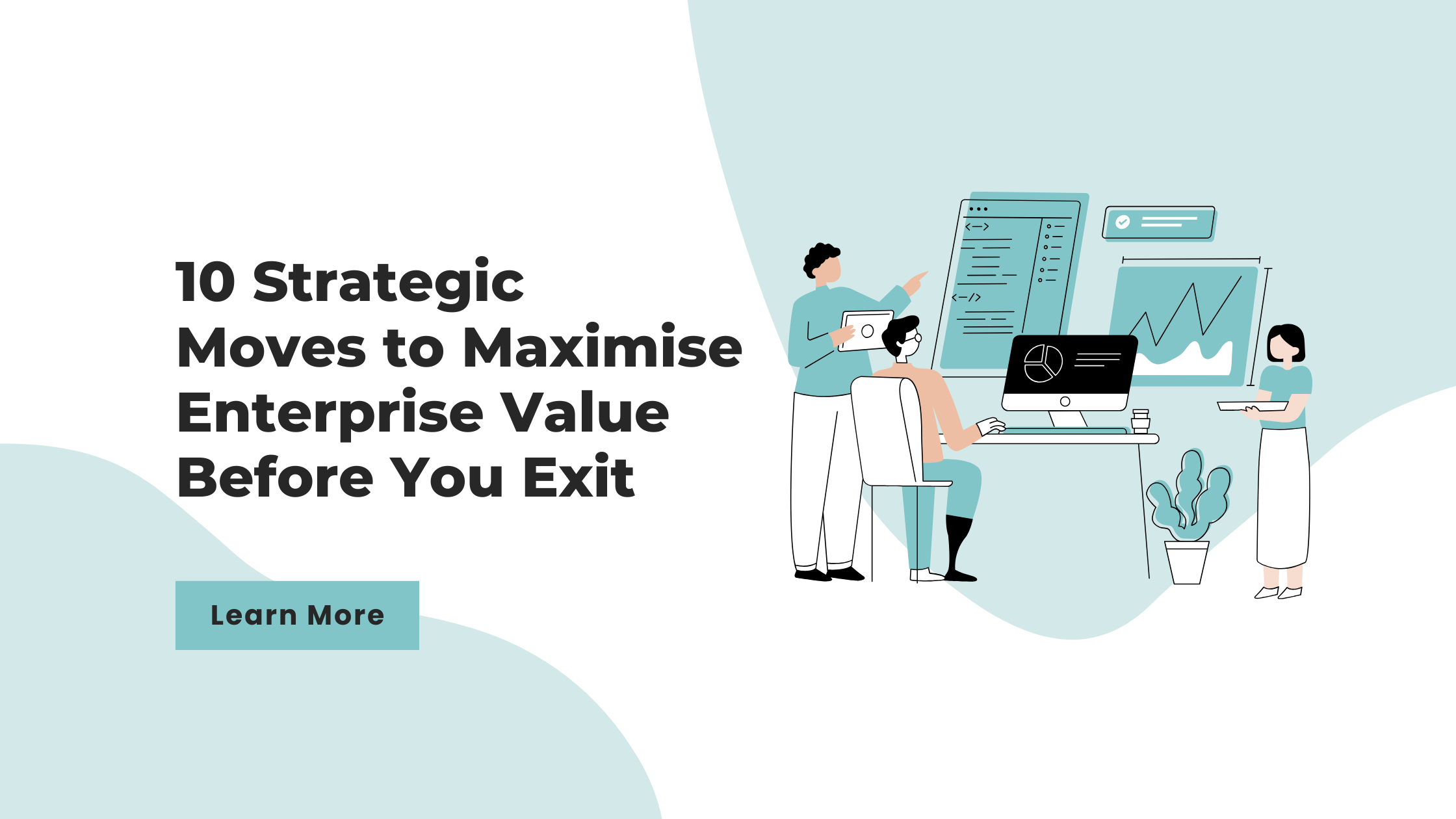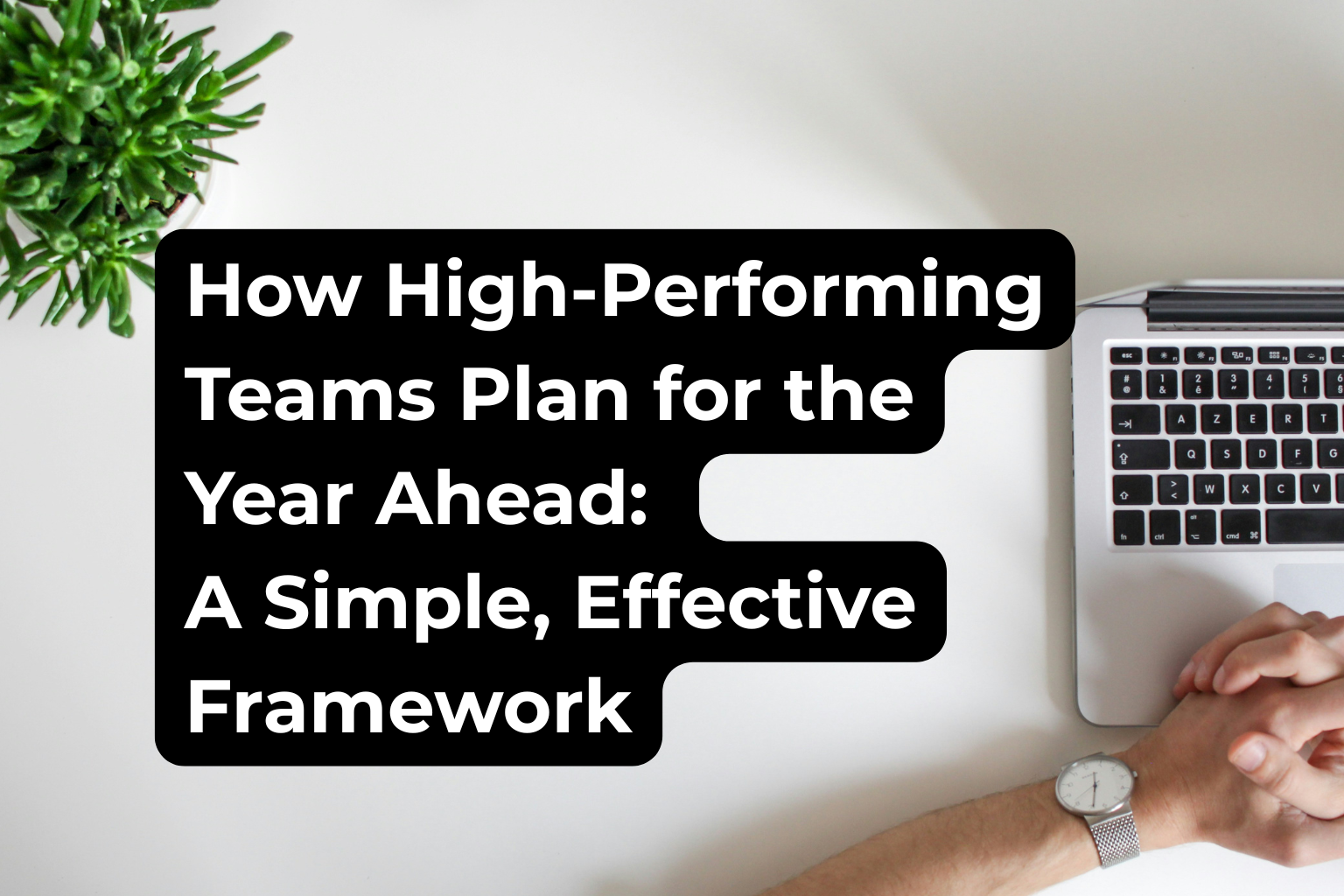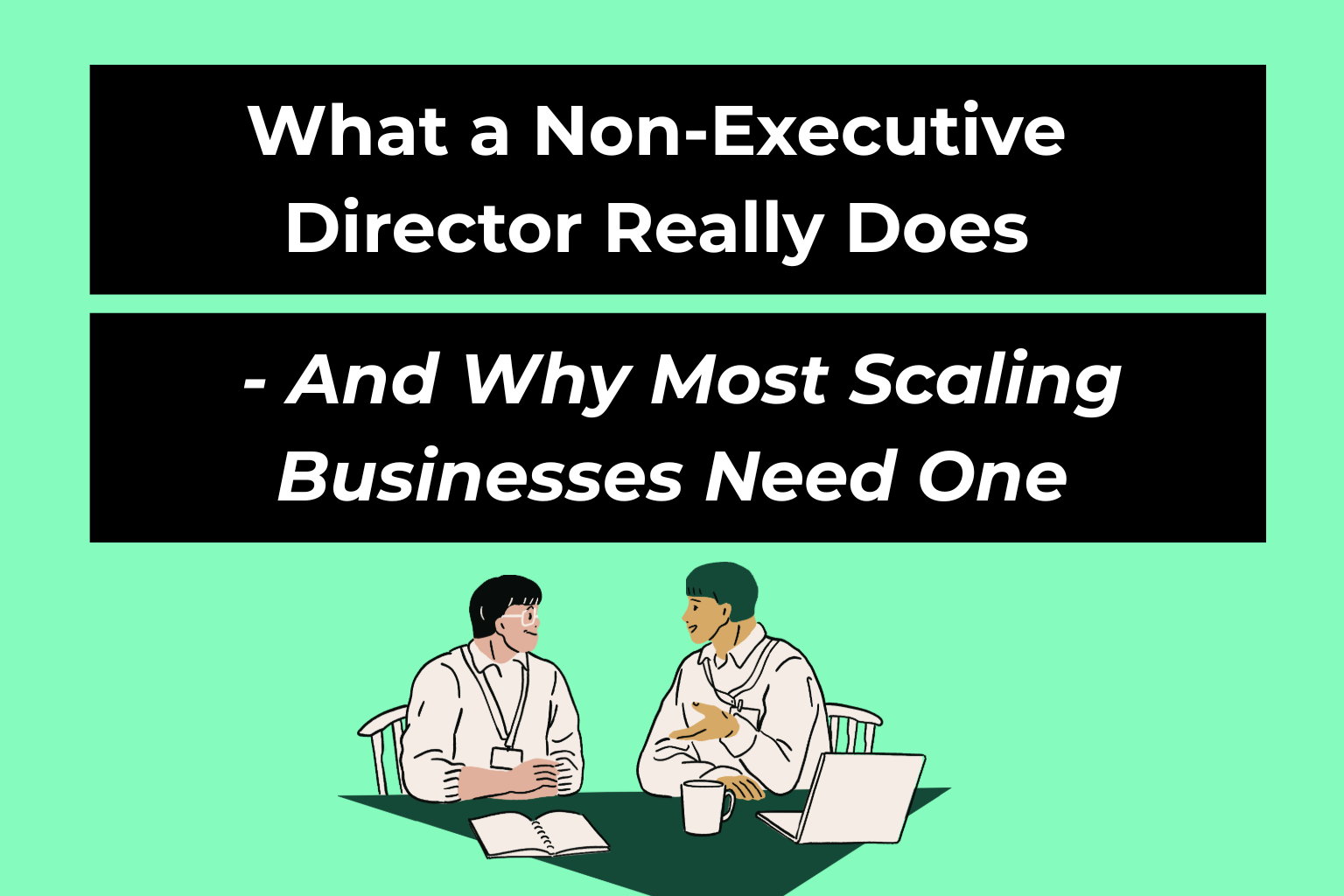If you’re leading a successful services business and starting to think about life beyond the P&L, you’re not alone. Whether your goal is a strategic sale, a private equity deal or future-proofing your company, one truth cuts through all the noise: revenue may look good on paper, but enterprise value is what ultimately pays the bills.
Buyers don’t just want big numbers – they want low-risk, self-sustaining businesses with clear upside. Here are 10 things you can do now to boost your valuation and increase your chances of a successful (and lucrative) exit.
1. Prioritise Predictable Revenue
Projects bring cash, but predictability brings value. Businesses with ≥60% recurring or retainer income attract higher multiples because they give buyers confidence that revenue will persist after the founder steps away. Wherever possible, shift ad hoc work into retainer-based or draw-down models and productise repeatable services.
What to do now: Offer clients annual contracts with monthly billing and rollover hours, or reframe projects into ‘ongoing optimisation’ programs.
2. Diversify Your Client Base
A buyer’s first question isn’t ‘how much did you bill?’ but ‘what happens if your top client leaves?’ If any single client contributes more than 20–30% of revenue, your valuation will take a hit.
What to do now: Build a mid-tier sales strategy. Incentivise your team to upsell and cross-sell to a broader client base.
3. Remove Founder Dependency
A business that only works because of you… doesn’t work without you. If you’re still leading every pitch, signing off every proposal, or the single point of failure for key clients, that’s a value drag.
What to do now: Step back gradually. Aim to be in less than 30% of new business meetings 12 months before exit.
4. Systemise Knowledge and Processes
Buyers pay more for businesses that run on systems, not heroes. Document delivery workflows, pricing models and onboarding processes. Use tools like Confluence, Notion or ClickUp to create a living operations manual that proves the business runs smoothly, even when key people are on holiday.
What to do now: Start measuring internal KPIs like QA compliance and onboarding speed – and track them.
5. Refine Your Commercial Model
How you make money matters as much as how much you make. Retainers, value-based pricing, and productised services generate better margins and stability. Time-and-materials billing signals commoditisation and high buyer risk.
What to do now: Audit your gross margin by service line and shift red (low-margin) offers to green (repeatable, profitable models).
6. Incentivise Your Team with Equity
Buyers want continuity. An engaged senior team with a stake in the future gives confidence that the business will thrive post-acquisition. EMI schemes (in the UK) are especially tax-efficient and founder-friendly.
What to do now: Set up a 10% EMI or phantom equity scheme with a 3-year vesting schedule tied to performance or exit.
7. Professionalise Governance
Implement light-touch, high-impact governance: board meetings with KPIs, a Non-Executive Director (ideally someone who has exited before) and a clear decision-making framework.
What to do now: Start issuing monthly board packs and add a strategic NED who can help you see the business the way a buyer would.
8. Tighten Working Capital
Enterprise value includes more than just profitability. If you’re funding clients for 60 days, you’re absorbing risk a buyer may not want. Improving debtor days boosts cash flow – and your negotiating position.
What to do now: Shift to milestone billing or subscription payments via direct debit.
9. Clean Up Financials
Buyers will scrutinise your books. If you have personal expenses, inconsistent margins, or contractor-heavy delivery models, expect adjustments. A mock Quality of Earnings review six months before you go to market can prevent a lot of stress (and lost value) later.
What to do now: Prepare a clean, normalised EBITDA figure and make sure your accounts reflect reality – not tax-efficiency.
10. Start the Exit Clock Early
Exits take time. If you’re thinking about selling within the next 2–3 years, now is the time to act. A well-prepared, low-risk business with the right growth and governance profile can command a much higher multiple – and a better cash-to-earn-out ratio.
What to do now: Build a 24-month plan to move from founder-led to investor-ready. Hire a COO. Build your leadership bench. Track the right metrics.
Final Word: Value Is Built, Not Discovered
Enterprise value isn’t something you ‘find’ at the end of the journey. It’s something you engineer, quarter by quarter, through operational discipline, strategic foresight and the courage to stop being the hero and start building the machine.
Whether you’re years from an exit or already in conversation, every improvement you make today moves you closer to the deal you want tomorrow.



